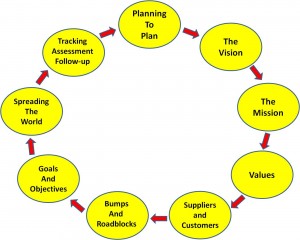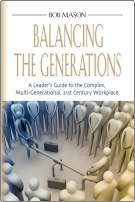No, not the rock group KISS. K.I.S.S. as in Keep It Short and Simple. It’s what spells the difference between strategic planning success and failure. Did you know the process of developing a strategic plan should take no more than 4 days?
It’s what spells the difference between strategic planning success and failure. Did you know the process of developing a strategic plan should take no more than 4 days?
That’s right; less than a week.
I was talking with a recent MBA graduate about planning and she was aghast at this short time period. When I told her that I did not complete a SWOT analysis as part of the strategic planning process I thought I would have to whip out the smelling salts. Interesting: what she was taught as essential to strategic planning wasn’t even part of the common models 20 years ago. Many of the same steps were there but they were incorporated in the overall planning process, they were not separate processes.
That’s an important distinction. When parts of a process become a separate process, the original one tends to get lost.
An organization I was in some years ago had almost completed a good strategic plan when someone read that the plan would not be complete without a careful, thorough, excruciatingly complete review and documentation of our core competencies. What would have been a good plan was ground to dust as the process of defining core competencies overtook the original process of developing the plan. I’m not sure how long this actually took because after about 6 months the effort just sort of faded away. Actually, I’m surprised it lasted that long.
The planning process should be just that, a single process, not a collection of processes. If a planning team has to leave the basic process to complete a parallel process, they may never get back to the original one.
The more complex the plan, the less likely it is to ever actually be implemented. The planning model I originally learned was quite a bit more complex than the one I use now. Every time I used that model, I found myself simplifying part of it in order to make it effective. The world was just moving too fast to allow a basic document to be difficult to read, understand, and disseminate. Simple proved to be better and much more likely to be implemented.
Everything else your organization does is based on that plan, the longer it takes to develop, the less likely it will be effective.
Think of the strategic plan like the steering wheel in your car. The steering wheel is a pretty si
mple device; just a circle connected to the front wheels. Without it the car will still go and get you somewhere; probably providing an exciting, thrill packed ride along the way. But, you won’t be able to influence where the car goes. A well developed strategic plan that is short and simple will allow you to steer your organization in the right direction.
K.I.S.S.

Click here to get a free ebook and consult. Learn how simple, effective strategic planning will benefit your company.
 Send to Kindle
Send to Kindle






